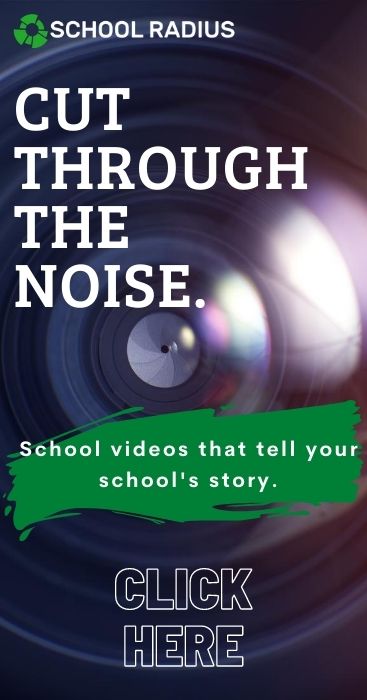Public school marketing is more important that it has ever been. The ones that don’t do it are dying. For so long, it’s been difficult to reconcile public education with marketing. This is because this fusion fuels the idea of the commercialization of education. After all, while schools should make sure that they keep themselves afloat, they shouldn’t make acquiring students a sport just to earn more money for its own sake.
However, the field of providing education to the young minds of today has become more and more competitive. The number of charter schools (which are the main competitors of traditional public schools) has increased drastically. Now, there are more than 7,000 charter schools in the U.S. About a million students who used to study in public schools have opted to transfer to charter schools. As the times have changed, public schools need to adjust in order to survive.
Public School Decline Will Kill Communities
Public schools exist in order to cater to the educational needs and requirements of the general public. Of course, if the demand for public education decreases, so will the need for public schools. The decline in the number of public schools could be harmful to the social fabric of education sector in the United States, as many people still rely on such schools to get a quality education without breaking the bank. As the number of public schools dwindles, the options of the general public on where to get affordable and quality education will be limited as well.
If public schools want to survive, they need to start initiating efforts to increase their presence in the public sphere. Here are some of the reasons why public schools should start marketing themselves, as well as the benefits of doing so:
1. More students mean more funding
This is perhaps one of the main reasons why public schools should market themselves effectively. State funding follows students. If a particular student that was initially assigned to attend a public school opts to go elsewhere, their portion of funding from the state goes with them.
According to the Credit Sesame, each student typically brings in around $6,953 to $22,366 per year. A student leaving a public school spells a tangible financial loss for the institution. A drastic decline in funds means teacher layoffs, lack of quality in facilities, and even possible closure. To prevent such things from happening, it is essential that public schools realize the importance of attracting more and more students to their institutions.
2. The marketing process can encourage public schools to improve
One of the most critical parts of any marketing strategy is to know your strengths and weaknesses as an institution. You start by building upon your strong points and then finding ways to improve your weaker areas. When public schools start to market themselves, they would be able to see their schools in a different light.
Without a doubt, students and their parents care more about the quality of education and facilities today than they did before. If you want to encourage these people to enroll in your institution, you must be able to prove that you can provide similar (if not better) options for their children compared to charter schools or private schools.
In fact, a survey for private school parents in Georgia back in 2013 shows that parents choose to enroll their children in private institutions because they think there’s better discipline, better learning environment, improved safety, better individual attention, and smaller class size in private schools.
If public schools can match these qualities and improve in certain areas, then they would be able to attract students from charter schools and private schools without a problem.
3. Public school marketing can help remove preconceived biases
As mentioned, there are certain biases against public schools that push parents to enroll their children elsewhere. Some parents think that public schools are incredibly overcrowded, offer a substandard quality of education, and do not discipline their children enough.
Through good marketing, schools can disprove these statements effectively and lessen the negative judgment on public schools. More parents will start to consider enrolling their children in public schools, and more funds will be invested in public education upon enrollment. It’s definitely a win-win situation — for parents to enroll their children in affordable public schools, and for public schools to improve their facilities and quality of education through more state funding.
Conclusion
There are many reasons why public school marketing is important. It not only gives them the chance to evaluate their institution objectively, but it also gives way for removing preconceived biases against public schools. Ultimately, more students in schools mean an increase in their share of state funding.




